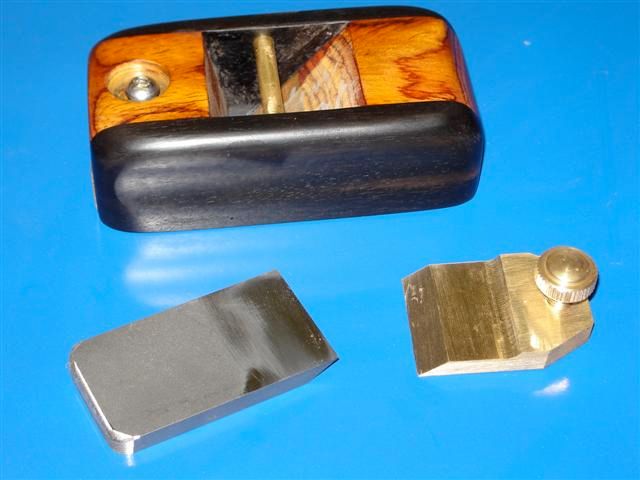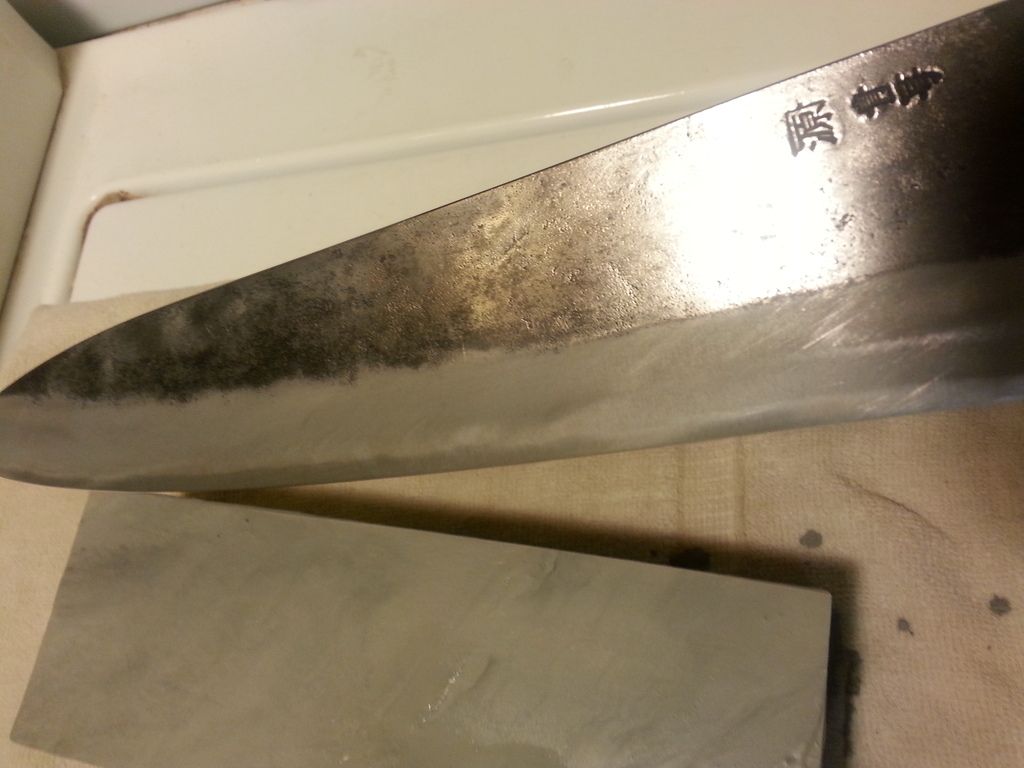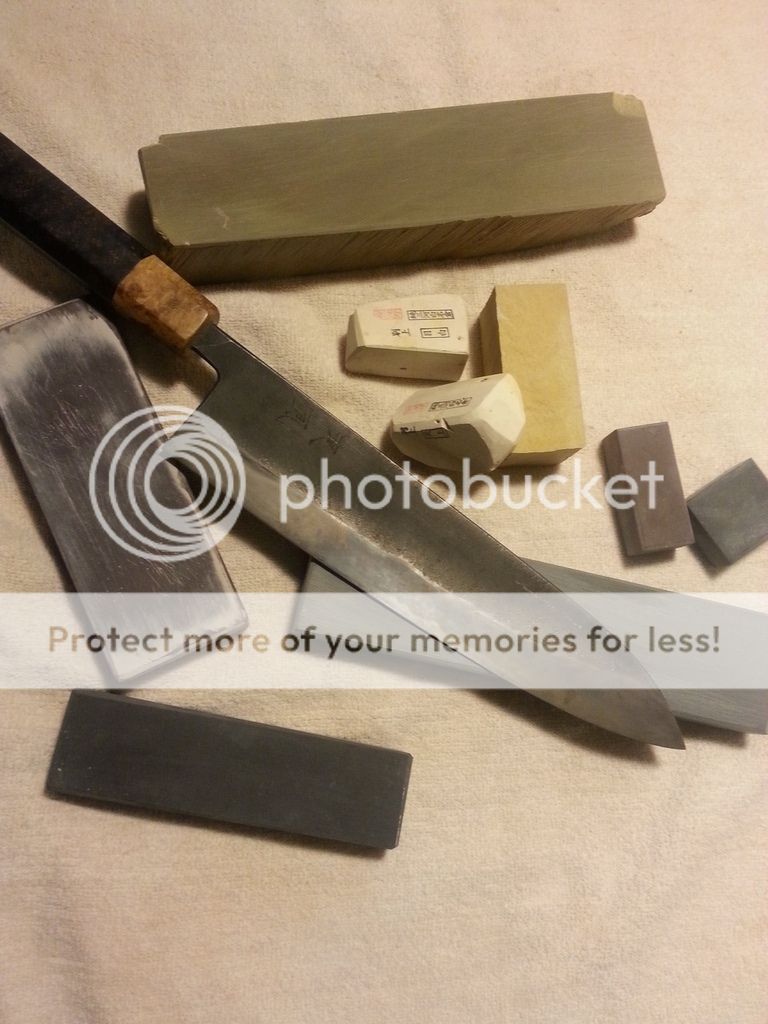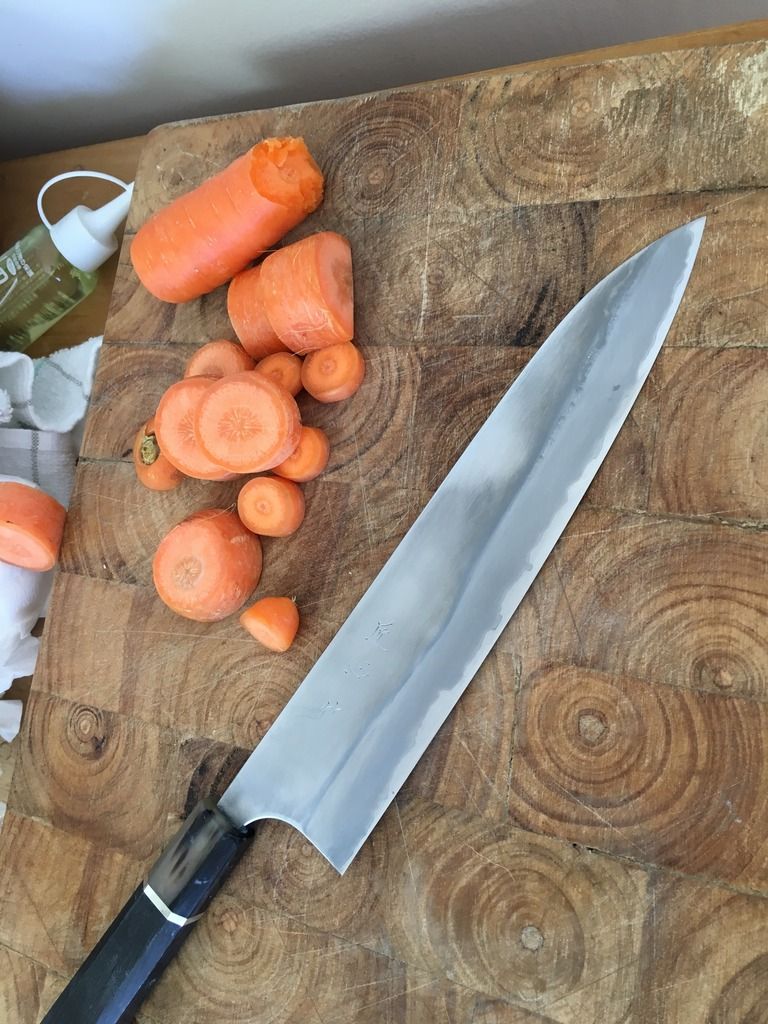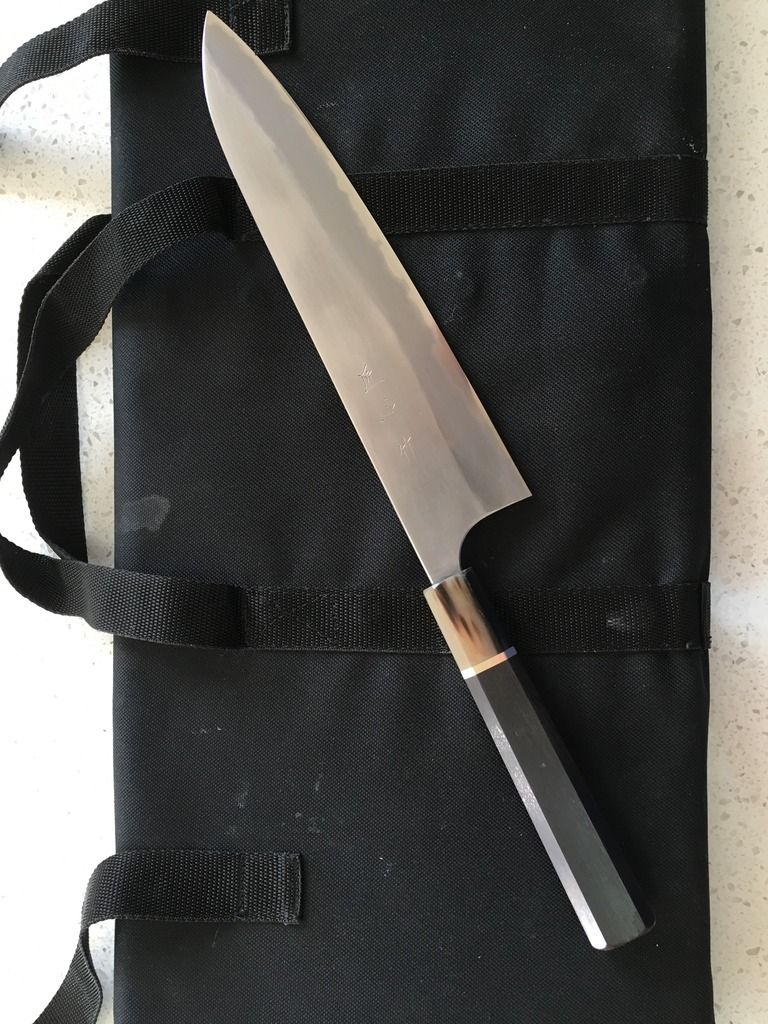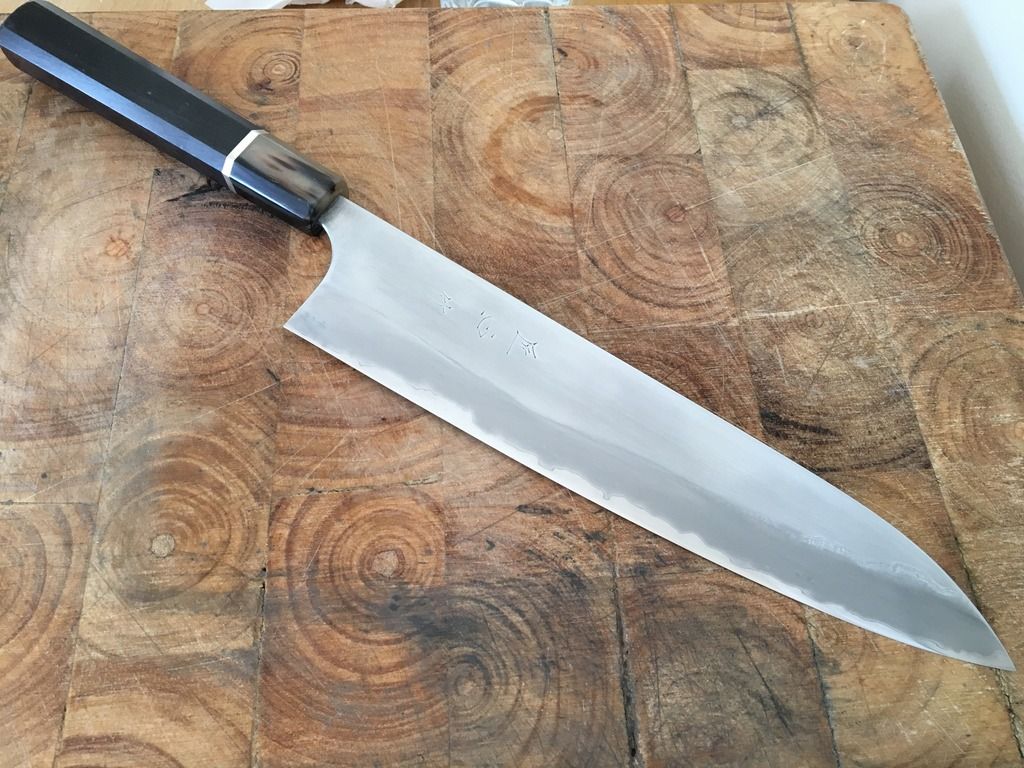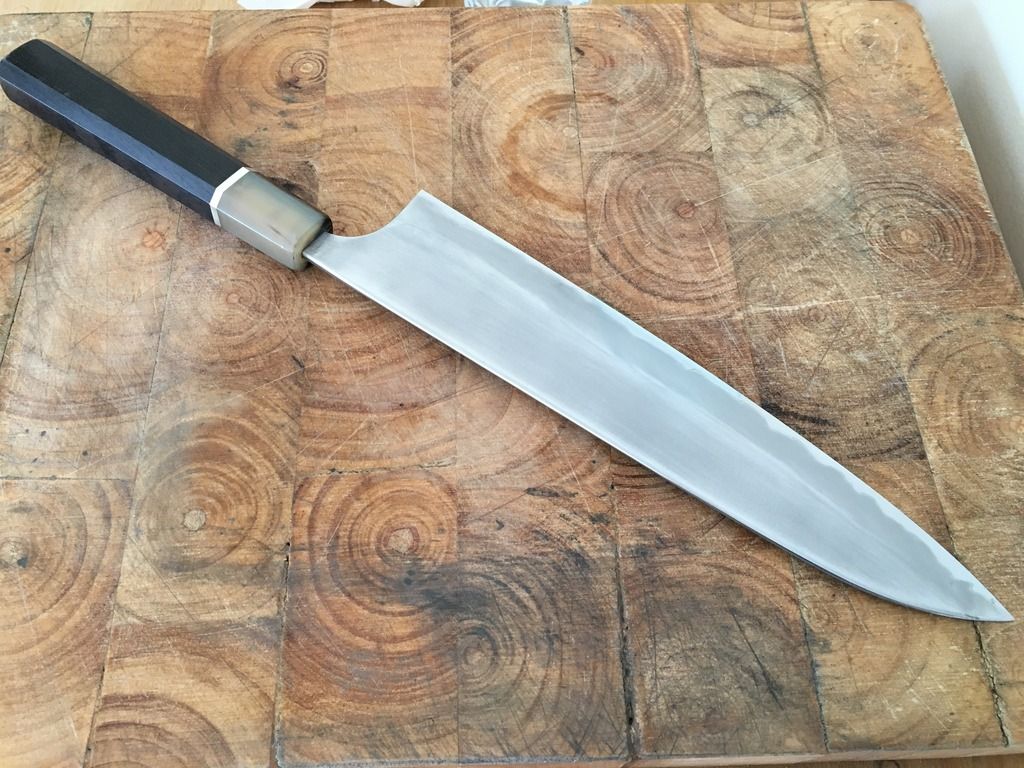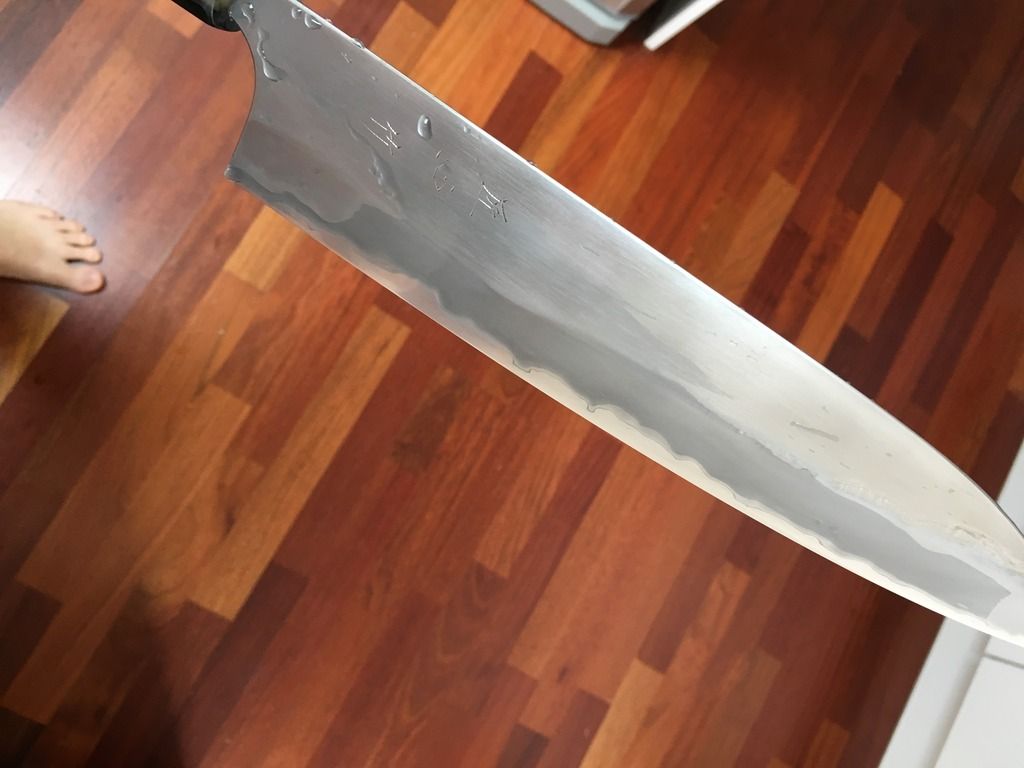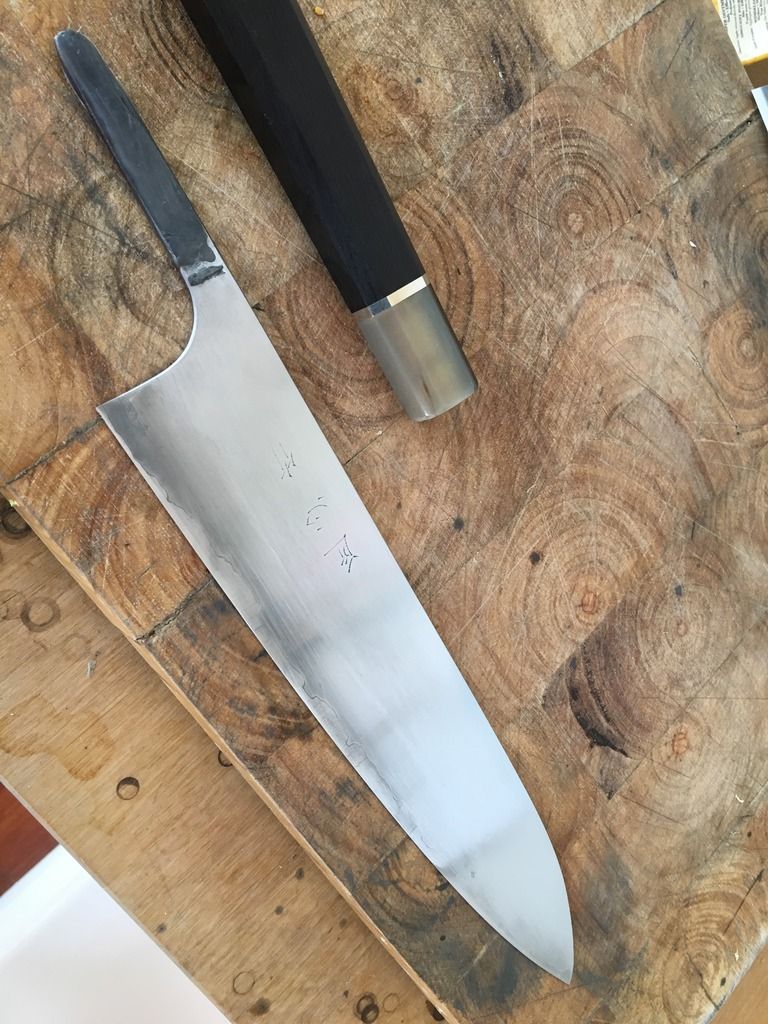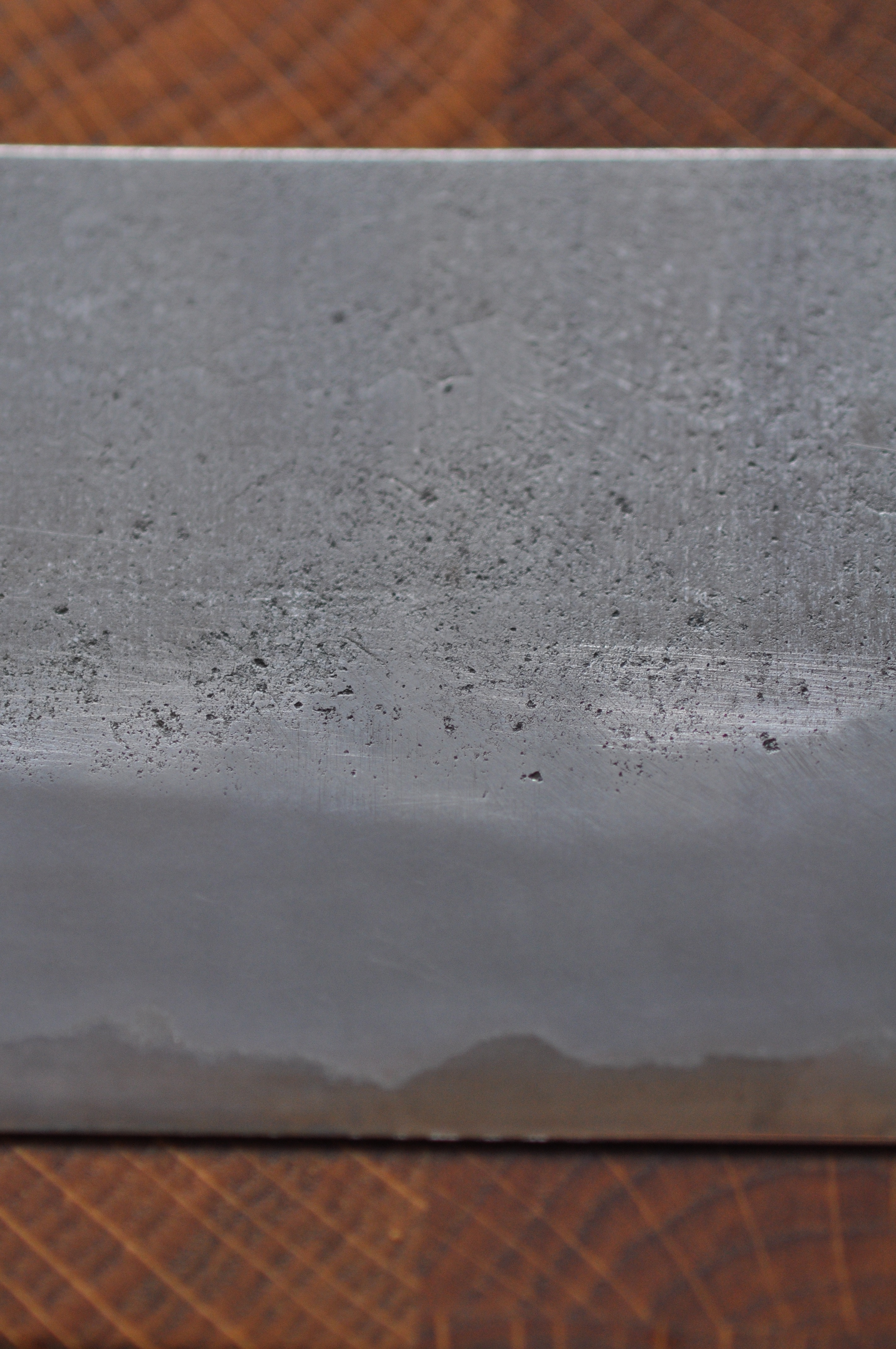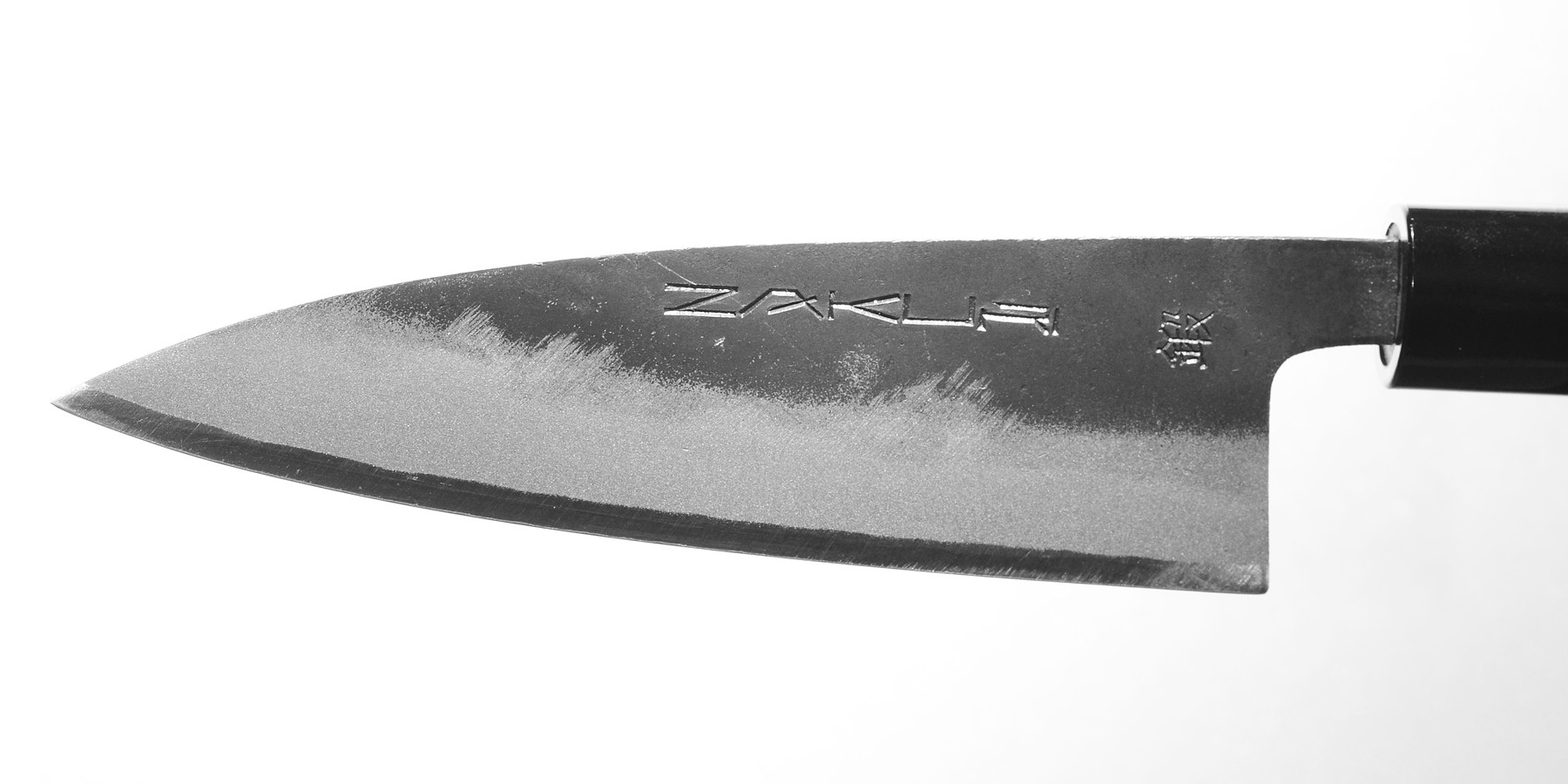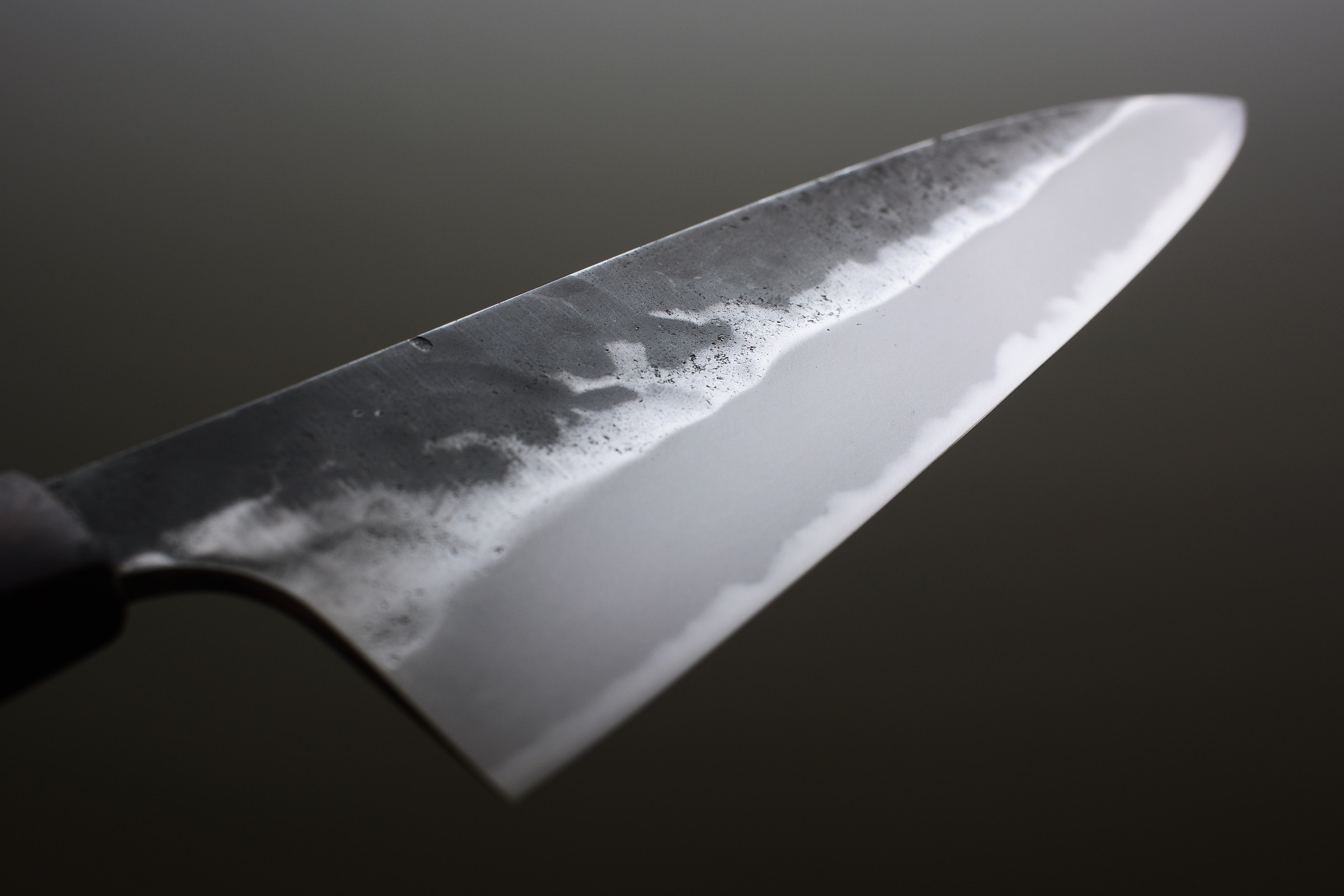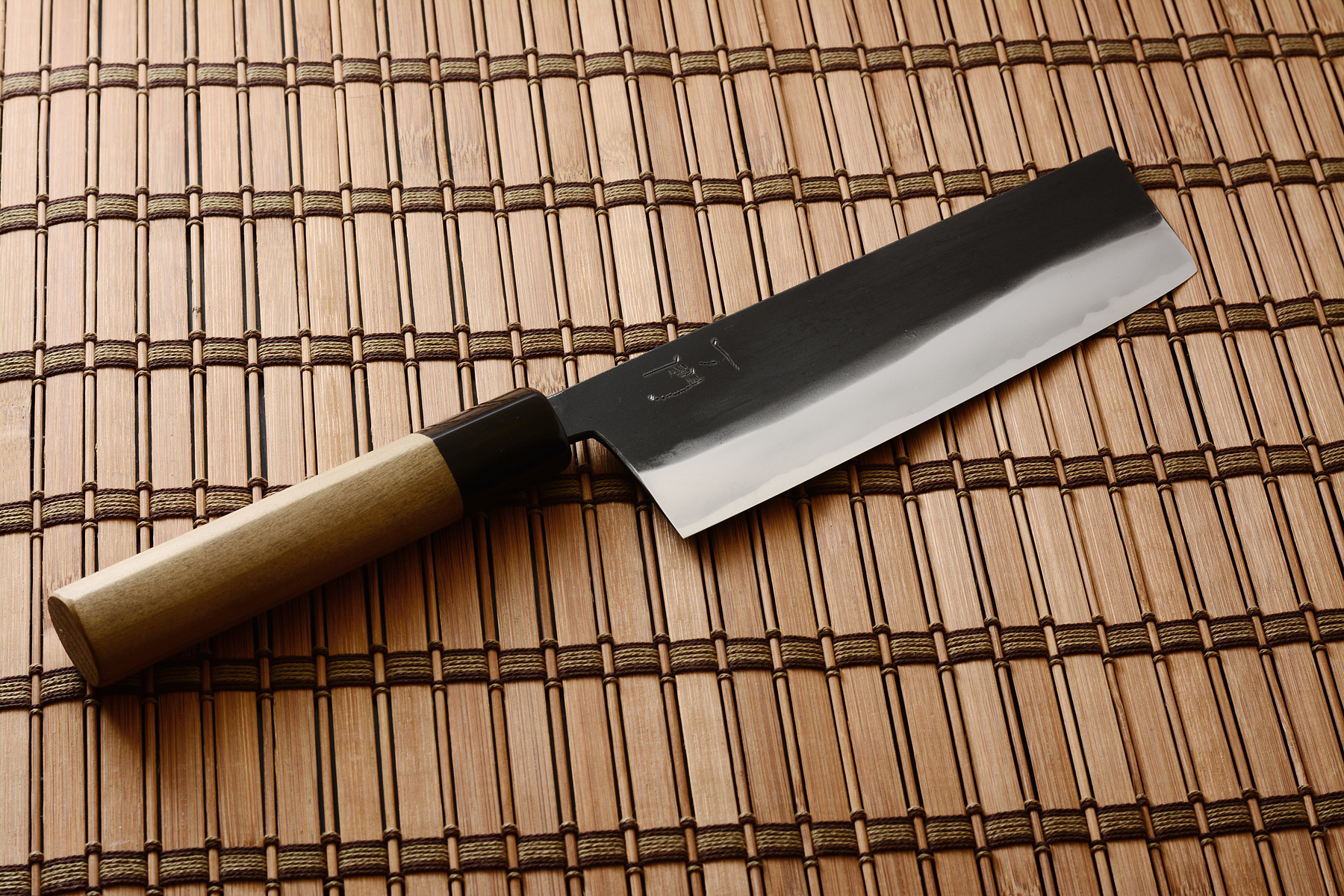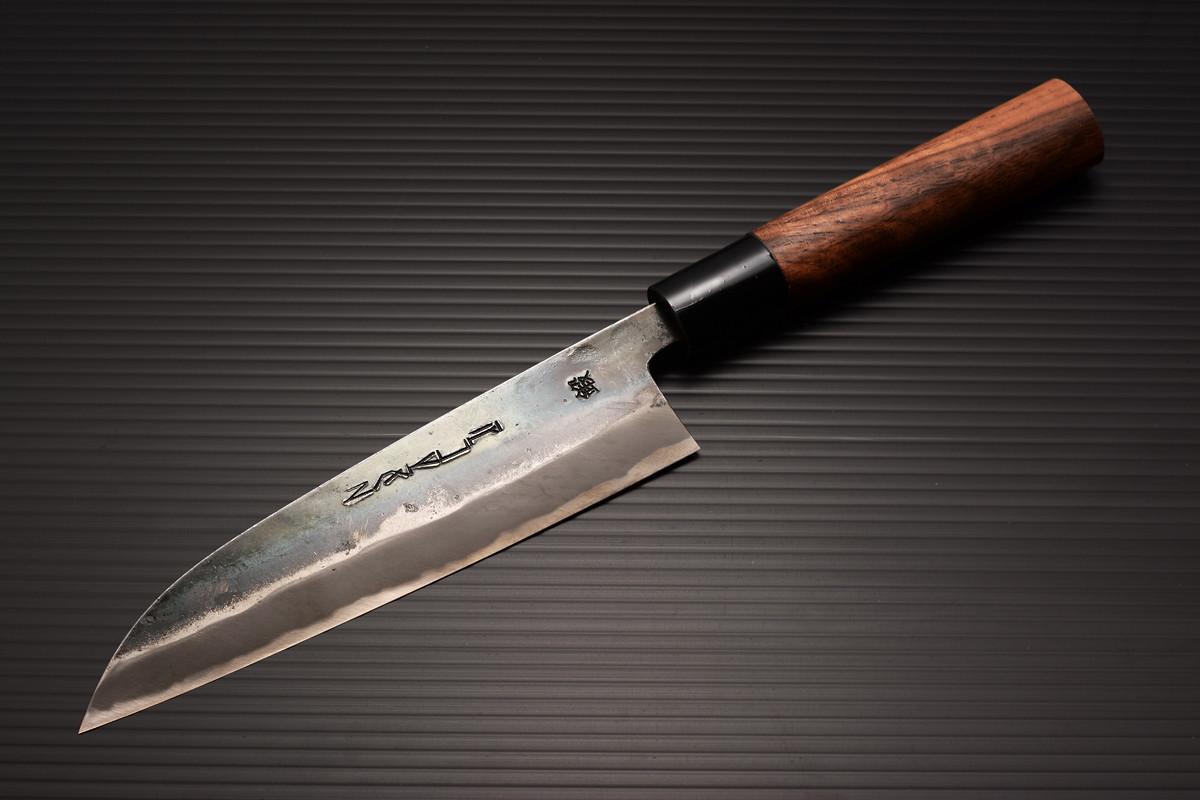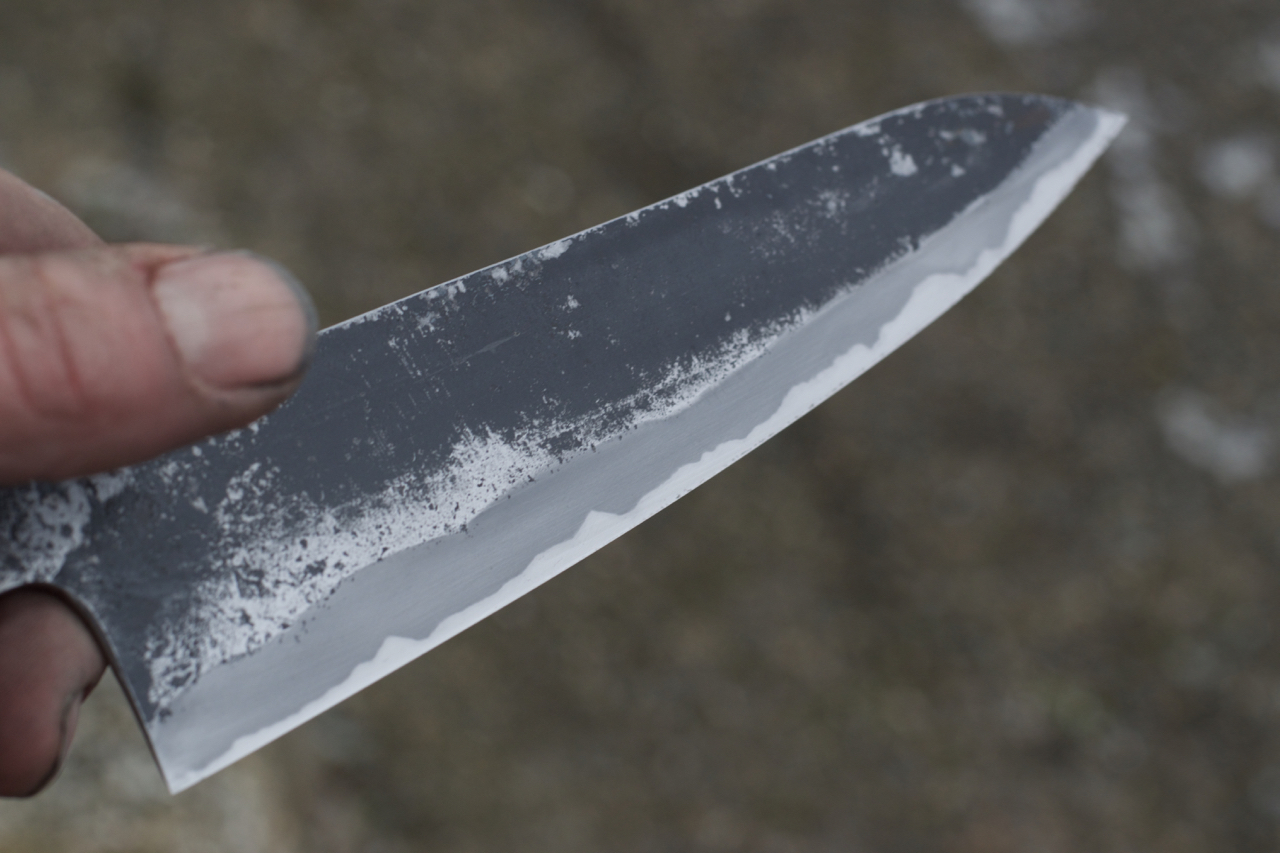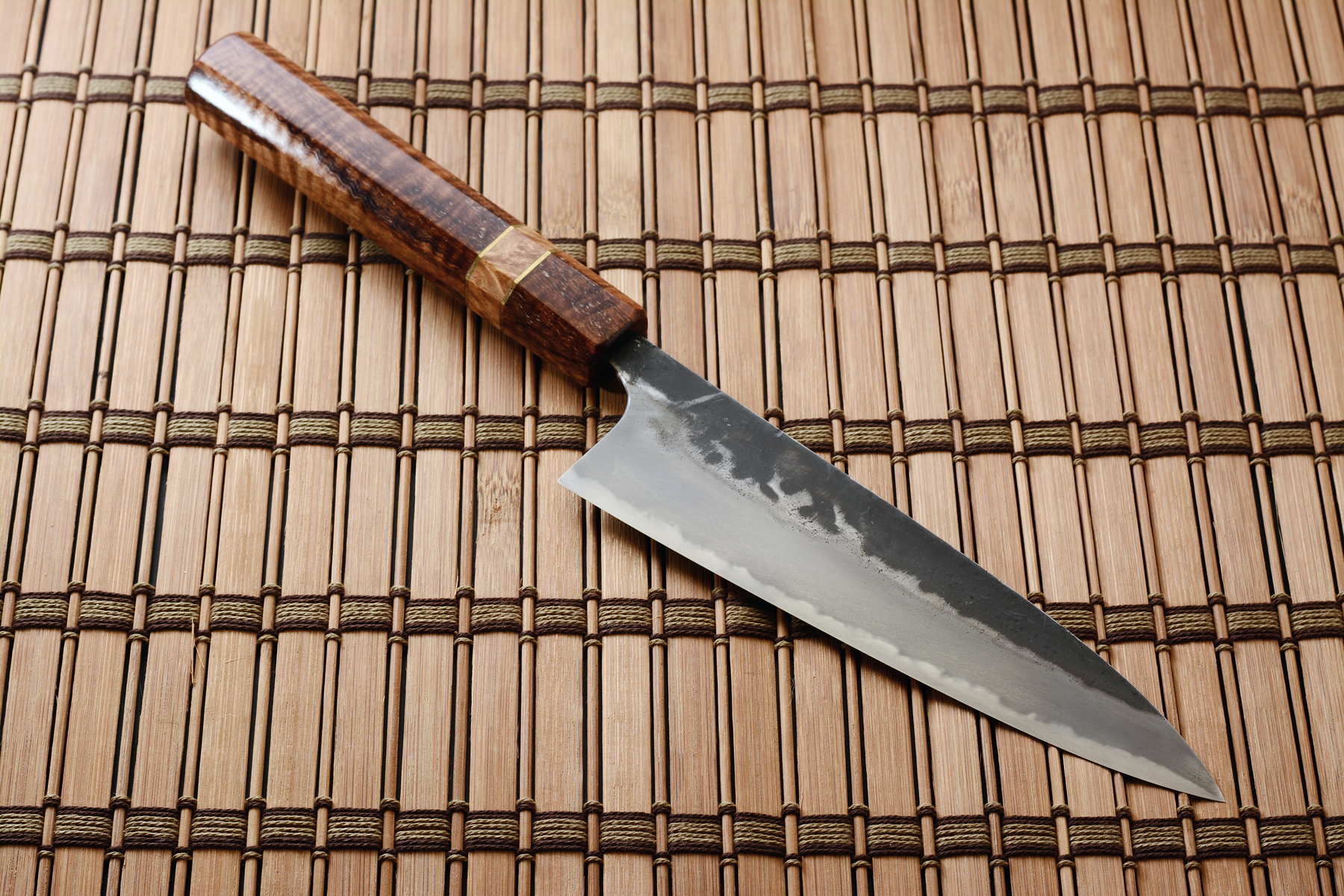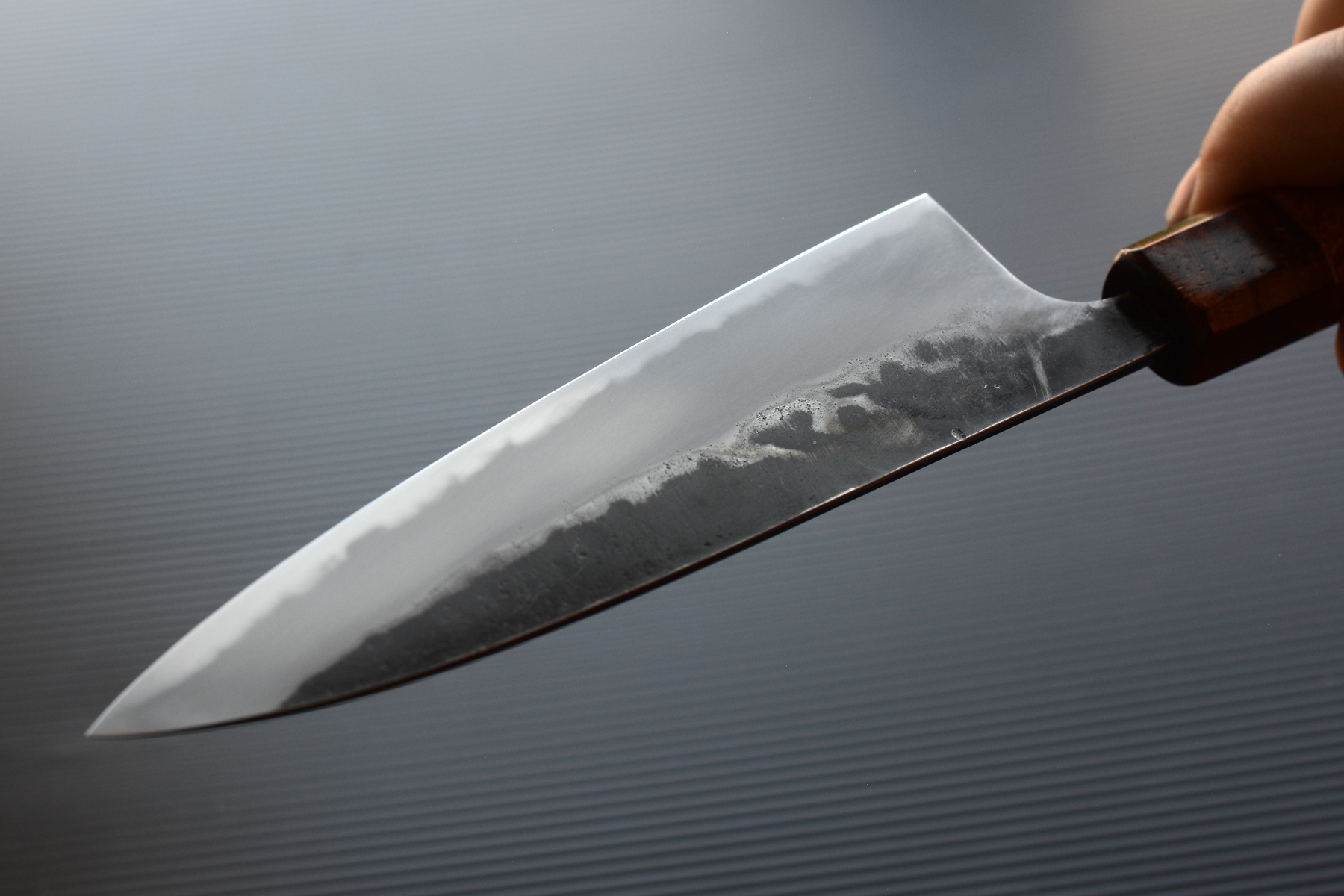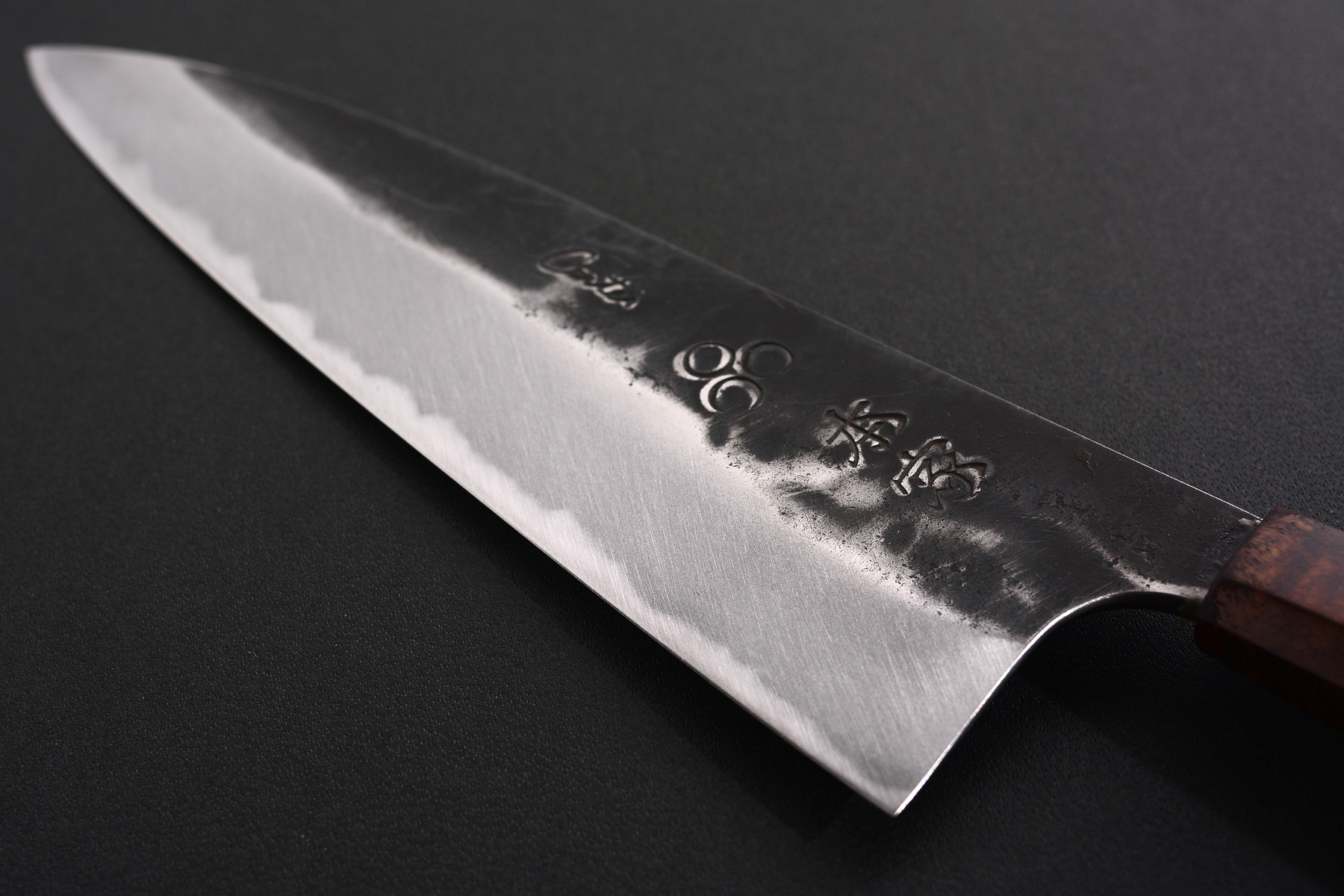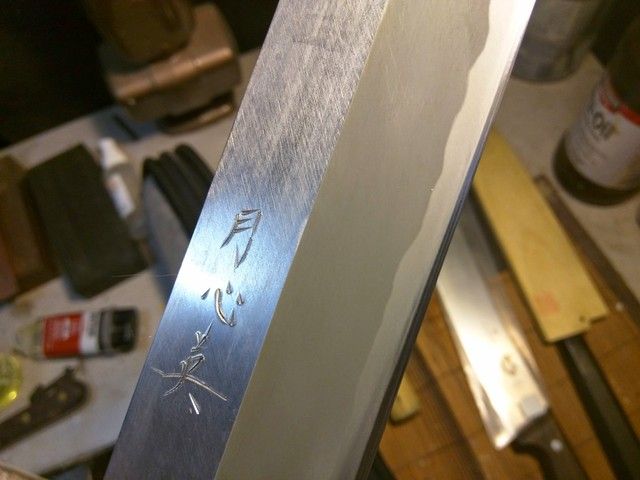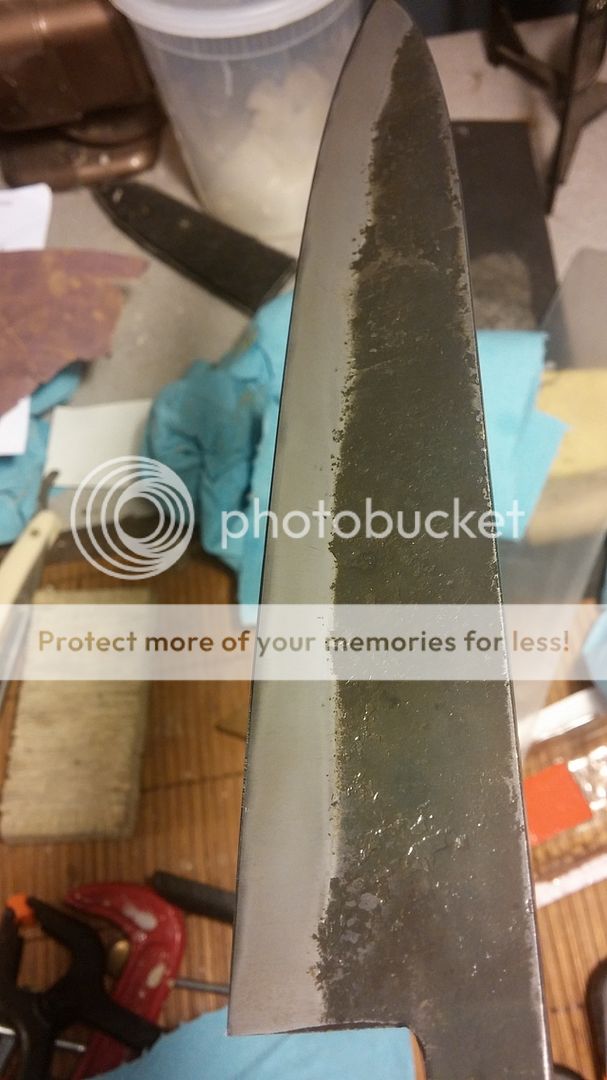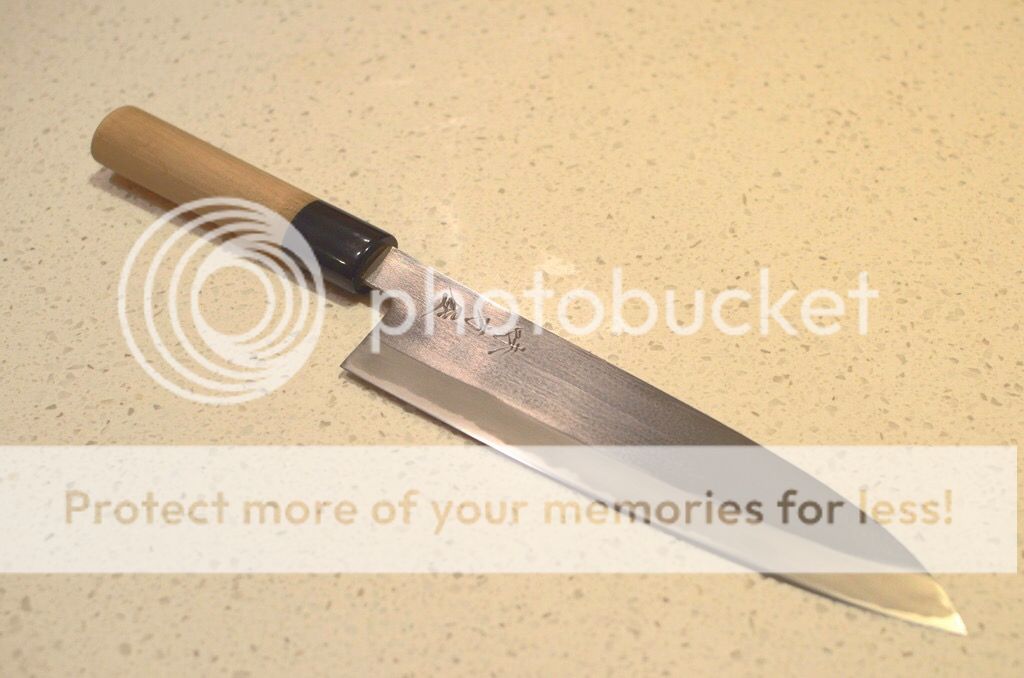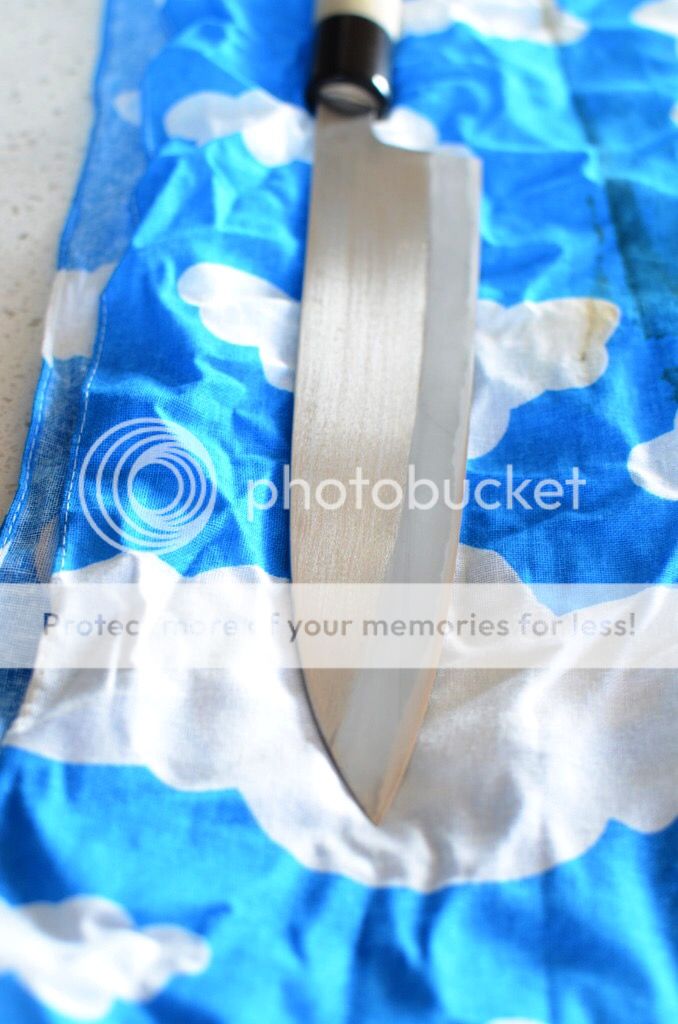- Joined
- Dec 15, 2011
- Messages
- 11,197
- Reaction score
- 7,435
Even though I've been a jknife dork for several years now I've never been able to grasp a basic 101 of polishing. About 3 years ago I picked up a king 800 and have found it to be a great starting point(and super easy to use).... But if I'm being honest I'm not quite sure what people mean when they say things like "frosted","hazy" or even "Kasumi"finish. Maybe this would be a good sticky maybe not. Either way, I wanted to ask fellow members with polishing experience if they could post examples of different polishing finishes(photos to demonstrate) so I could visually understand the terminology better.
Thanks guys!
Thanks guys!





